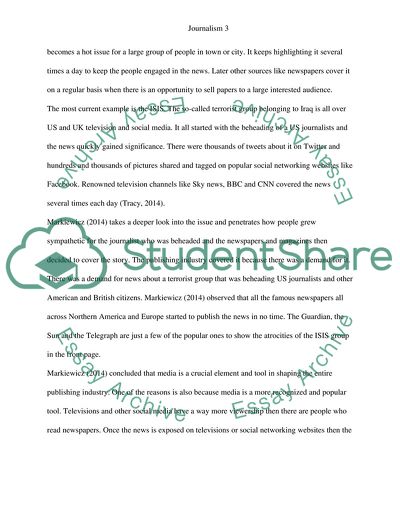Cite this document
(Environmental and Technological Changes Affecting the Publishing Industry Literature review Example | Topics and Well Written Essays - 4000 words, n.d.)
Environmental and Technological Changes Affecting the Publishing Industry Literature review Example | Topics and Well Written Essays - 4000 words. https://studentshare.org/environmental-studies/1844991-individual-assignment
Environmental and Technological Changes Affecting the Publishing Industry Literature review Example | Topics and Well Written Essays - 4000 words. https://studentshare.org/environmental-studies/1844991-individual-assignment
(Environmental and Technological Changes Affecting the Publishing Industry Literature Review Example | Topics and Well Written Essays - 4000 Words)
Environmental and Technological Changes Affecting the Publishing Industry Literature Review Example | Topics and Well Written Essays - 4000 Words. https://studentshare.org/environmental-studies/1844991-individual-assignment.
Environmental and Technological Changes Affecting the Publishing Industry Literature Review Example | Topics and Well Written Essays - 4000 Words. https://studentshare.org/environmental-studies/1844991-individual-assignment.
“Environmental and Technological Changes Affecting the Publishing Industry Literature Review Example | Topics and Well Written Essays - 4000 Words”. https://studentshare.org/environmental-studies/1844991-individual-assignment.


